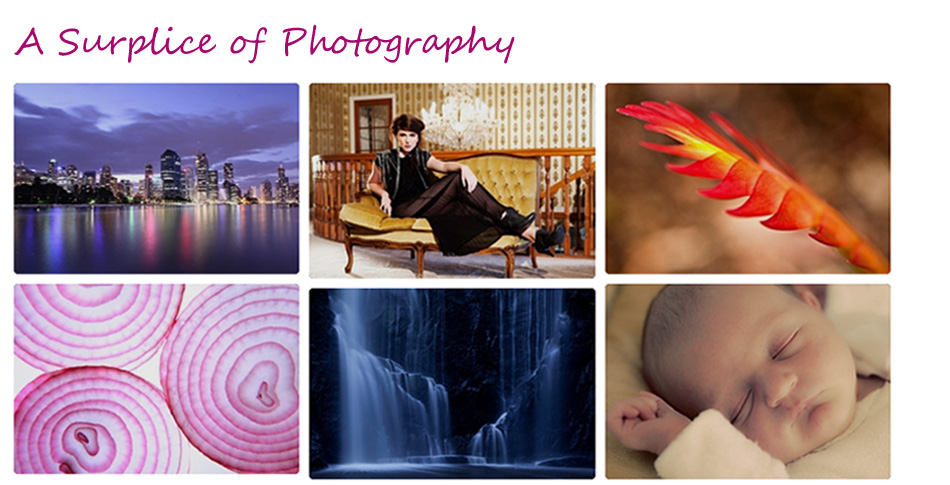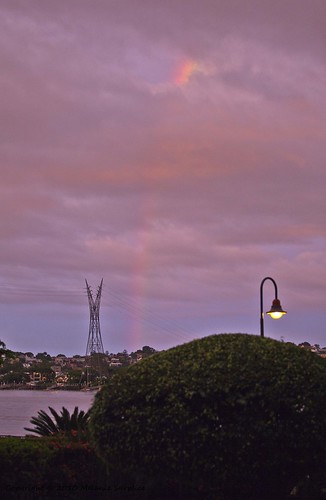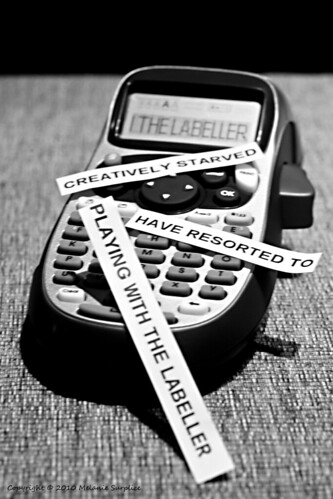When I started to write this post last week, it had been more than a week since blog posts - but I do have a valid excuse. Earlier this month, we witnessed one of the greatest natural disasters in Queensland - the Flood of 2011.
Following weeks of heavy rain,
rapidly filling dams, a devastating flash flood in the Lockyer Valley which claimed the lives of 18 people, and a king tide, the Brisbane River rose to a level of 4.46m on Thursday, 13 January 2011, completely engulfing much of Australia's third largest city. This peak was still a metre off the peak during the legendary 1974 flood - which was compounded at the time by a cyclone. The mind boggles about what would have happened had the river once again risen to that level.
The statistics related to flood damage, displaced people and shattered communities was shocking. Incomprehensible! On 16 January, a Courier Mail article reported that:
- At the flood peak 11,900 homes and 2500 businesses completely flooded.
- At the flood peak 14,700 homes and 2500 businesses partially flooded.
- 67 suburbs affected.
- 1200 evacuees at RNA Showgrounds and QE2 emergency centres over the weekend.
- 92 schools across Queensland had at least one building inundated, plus seven TAFEs and 19 teacher residences, while a further 29 schools had their playing fields inundated, while 86 childcare centres are also inaccessible.
Ipswich, a hub city west of Brisbane, also sustained substantial damage.
I remember seeing on the news at one point, that over 150,000 homes in Bnsbane were without power.
Online mapping company,
Nearmap,created an amazing, high resolution image of the disaster zone. There are also some amazing
Before and After transition images of the worst hit areas.
Evacuating Teneriffe
I live about 15 metres from the Brisbane River in a ground floor, riverside apartment at Teneriffe. I started to move my possessions to a 3rd floor storage unit at Fortitude Valley on the Tuesday morning before Thursday's peak. When reports got more dire - at one point they were predicting a peak for the Brisbane River of seven metres - my father and I simultaneously decided that a more thorough evacuation was needed. Just as I was about to call him, he rang and said he was on his way up from the Gold Coast, with the rest of my family and a box trailer.
By that time, the river and water in some low-lying drains had risen substantially enough to flood the access streets to my storage unit - so Plan B was now stuffed. A friend who lives round the road in a 3rd-floor apartment in Teneriffe kindly offered her place as a temporary storage unit. So Plan C kicked in, and we dumped a trailer load of boxed contents around at her place, before filling the trailer, my brother's station wagon, and my own car with yet more stuff, to take down to my parents place at the Gold Coast. That became my temporary home for the next few days.
After a very nervous night of reading BOM reports and anything else I could find in the wee hours of the morning on my Blackberry, Dad and I headed back up to Brisbane to seal and sandbag the drains in the shower, drop a sandbag in the loo, and generally move whatever was left in the apartment to the highest points - the kitchen bench, top cupboards in my bedroom etc. We even pulled up the carpet and underlay in my bedroom. I should point out that I had already established that my insurer - NRMA - is one of the many insurance companies NOT to offer flood cover - so I took whatever precautions I could to minimise damage. We moved the fridge onto the concrete floor of the bedroom so that when the power inevitably went off, it would leak it's contents there rather than on the wooden floors in the kitchen. And then we had to lock up the place and leave, sandbagging the front door and bedroom river as we left.
Another very nervous wait ensued on the Wednesday. Power had been cut to my office at Fortitude Valley and throughout the city, and Brisbane was an eerie ghost town when Dad and I drove back over the Storey Bridge en route to the Gold Coast.
That night, I (like I'm sure many thousand of other people were doing), stayed awake into the wee hours of the morning, glued to updates from the
Queensland Police Service Facebook page. I have to say, this was one of the best sources of up-to-date information throughout the entire flood crisis.
Somewhere between 1.00am and 3.00am on the Thursday morning (the river was due to peak at around 4.00am), they began to revise down the peak from 5.5m. I remember looking at the clock for the last time at about 3.00am, and the estimated peak was 4.5m - a metre less than the peak '74. I didn't actually understand what that meant from a practical perspective - but this blog post I found some days later, shows
comparisons of the water levels around an iconic sculpture at the Powerhouse at New Farm.
The Aftermath
I got up at about 6.00am, turned the news on straight away, and was stunned at the devastation I saw. Entire houses consumed with brown, muddy water - some suburbs completely submerged. Entire industrial areas such as Rocklea, where much of Brisbane's fresh produce comes from, was metres under water. Semi-trailers had been thrown around like toy blocks, and wound up around trees, or streets away from where their owners had left them. We saw pictures of mini-skip bins on top of houses. Iconic buildings such as Suncorp Stadium looked like a giant sludgey soup bowl. Riverside apartments were hammered, parts of the CBD were metres under water - it looked like a war zone.
My friend in Teneriffe texted me at 7.00am to report that, miraculously, my apartment was fine, and that no water had come through the entire complex. Reports by the Building Managers at Mactaggarts later confirmed that water from the river had come up over the boardwalk, and some 2 metres into the complex's garden - about 3-4 metres away from the historic woolstore building itself. Through the night, residents from higher floors had heavily sandbagged the large storm water drains in the middle of the complex, to try to prevent us flooding from the inside out - fortunately, these were not put to the test.
We still wanted to be sure that no water had come up through the internal drains, so Dad and I headed up to Brisbane to investigate. The Pacific Motorway was the quietest I've ever seen it at peak hour, and once again, the streets of Brisbane were eerily quiet. We stopped momentarily at the Kangaroo Point cliffs to have a look over the river and CBD. The river was absolutely roaring - I've never heard it make that noise or flow so fast. All manner of debris was being swept down the river - and that was only the flotsam and jetsam we could see - god knows what was lurking underneath.
Arriving at the apartment, it was a surprise to see no flood water around the parts of Teneriffe I was sure would flood - parts of James Street had been flooded the days before as a result of the rain, but that had all cleared away. Heaps of people were walking around by the river - parts of the boardwalk still under water. The photos below show the submerged bus turning circle at Teneriffe Pier, and how close the water came to one corner of the Mactaggarts building.
 |
| Teneriffe Pier and Teneriffe Bus Stop were out of action for a few days |
 |
| The Teneriffe Boardwalk is submerged |
The clean-upText messages and phone calls clogged the airwaves for the next few days as people sought to find out who amongst their families and friends had been flooded. It was one of the weirdest mornings ever - and ironically, it was a beautiful sunny day - the best weather Brisbane had seen in what felt like weeks.
Much has been written since about the amazing community spirit that kicked in that morning in Brisbane, and indeed throughout all the flood-ravaged areas in Queensland. I prefer to think of it as the Australian spirit, because we saw the same sort of national love following the Victoria during the Black Saturday Fires, and other past disasters.
It has been heart-breaking to hear of the many stories where people lost everything; the waste of food and stock, the destruction of so many properties; the enormous cost to the economy and general widespread disruption it all caused.
But there have also been amazing stories of courage, mateship and community spirit - and judging from the status updates on Facebook on Australia Day, all Australians are feeling mighty proud to be just that - Aussies!
A postscript...
As a postscript, I noticed this little wooden plaque in a temple in Narita this week. And on a couple of occasions, Japanese people have identified my Australian accent and asked about the "big floods in Queensland". They certainly new about it, and wished Australians well...
Let's hope that the affected families and communities can get back on their feet soon!
More of the
photos I took the day that the river peaked, are on my Flickr page.





































